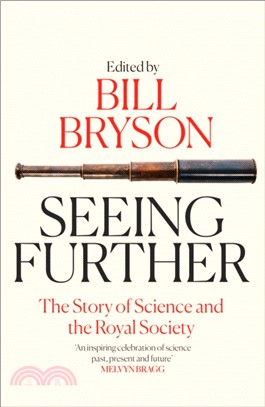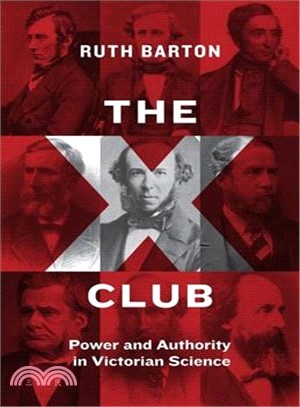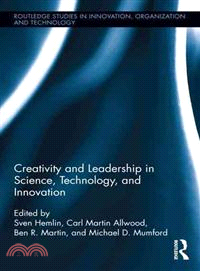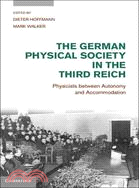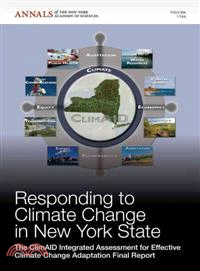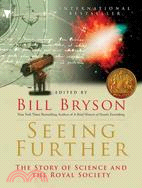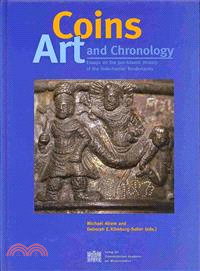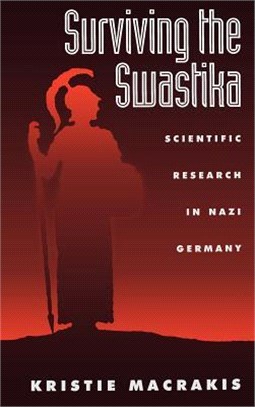共
17 筆
第1 / 1 頁
優惠價:79
651
無庫存
出版日:2018/11/30
作者:Carl M. Cohen (EDT);
Suzanne L. Cohen (EDT)
出版社:Cold Spring Harbor Laboratory Pr
裝訂:精裝
若需訂購本書,請電洽客服 02-25006600[分機130、131]。
優惠價:9
2018
無庫存
若需訂購本書,請電洽客服 02-25006600[分機130、131]。
若需訂購本書,請電洽客服 02-25006600[分機130、131]。
優惠價:9
1471
無庫存
出版日:2013/05/01
作者:Sven Hemlin (EDT);
Carl Martin Allwood (EDT);
Ben Martin (EDT);
Michael D. Mumford (EDT)
出版社:Taylor & Francis
裝訂:精裝
若需訂購本書,請電洽客服 02-25006600[分機130、131]。
若需訂購本書,請電洽客服 02-25006600[分機130、131]。
若需訂購本書,請電洽客服 02-25006600[分機130、131]。
優惠價:79
1051
無庫存
優惠價:1
1348
無庫存
若需訂購本書,請電洽客服 02-25006600[分機130、131]。
優惠價:1
2817
無庫存
若需訂購本書,請電洽客服 02-25006600[分機130、131]。
優惠價:9
2573
無庫存
若需訂購本書,請電洽客服 02-25006600[分機130、131]。
若需訂購本書,請電洽客服 02-25006600[分機130、131]。
-
共 17筆第 1 頁



